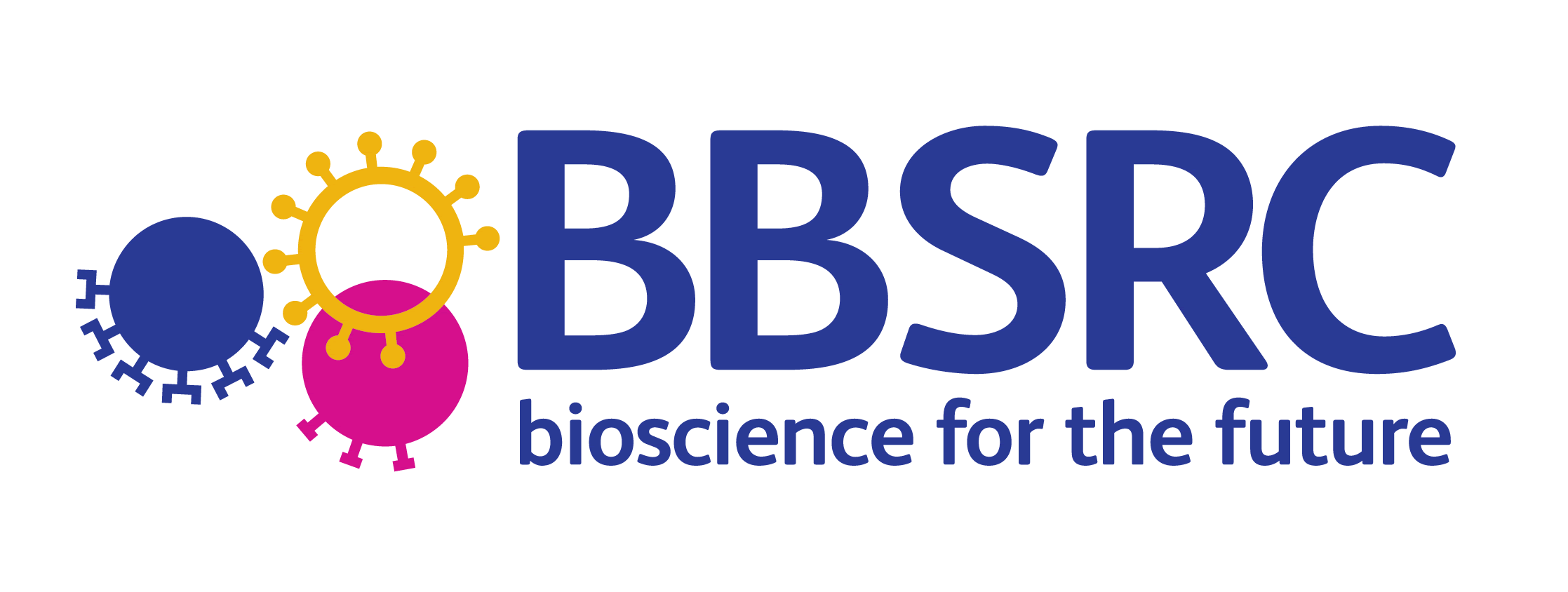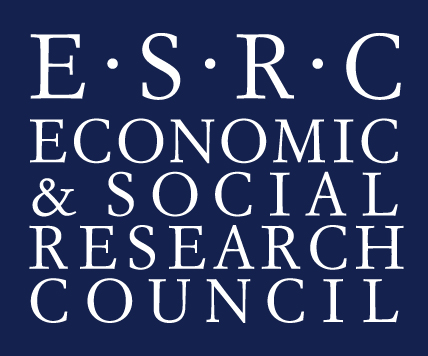New paper on learning robust embeddings from high-dimensional lingustic feature spaces
2012-08-09
We are pleased to announce the publication on a new journal article about that describes a framework for learning a small number of robust embeddings from extremely high-dimensional linguistic features (millions) to facilitate classification problems with fairly low number (thousands) of training instances. This type of classification problem appears in many recent high-level NLP tasks, where it is quite expensive to obtain annotated training instances, but easier to generate rich features using sophisticated text analysis tools.Evaluated on two NLP tasks with six data sets, the proposed framework provides better classification performance than the support vector machine without using any dimensionality reduction technique. It also generates embeddings with better class discriminability as compared to many existing embedding algorithms.
Mu, T., Miwa, M., Tsujii, J. and Ananiadou, S. (2012). Discovering Robust Embeddings in (Dis)Similarity Space for High-Dimensional Lingustic Features. Computatational Intelligence
Full abstract: Recent research has shown the effectiveness of rich feature representation for tasks in natural language processing (NLP). However, exceedingly large number of features do not always improve classification performance. They may contain redundant information, lead to noisy feature presentations, and also render the learning algorithms intractable. In this paper, we propose a supervised embedding framework that modifies the relative positions between instances to increase the compatibility between the input features and the output labels and meanwhile preserves the local distribution of the original data in the embedded space. The proposed framework attempts to support flexible balance between the preservation of intrinsic geometry and the enhancement of class separability for both interclass and intraclass instances. It takes into account characteristics of linguistic features by using an inner product-based optimization template. (Dis)similarity features, also known as empirical kernel mapping, is employed to enable computationally tractable processing of extremely high-dimensional input, and also to handle nonlinearities in embedding generation when necessary. Evaluated on two NLP tasks with six data sets, the proposed framework provides better classification performance than the support vector machine without using any dimensionality reduction technique. It also generates embeddings with better class discriminability as compared to many existing embedding algorithms.
| Previous item | Next item |
| Back to news summary page |
Featured News
- NaCTeM success at EMNLP 2025 - 7/7 papers accepted
- 1st Workshop on Misinformation Detection in the Era of LLMs - Presentation slides now available
- Prof. Ananiadou appointed Deputy Director of the Christabel Pankhurst Institute
- ELLIS Workshop on Misinformation Detection - Presentation slides now available
- Prof. Sophia Ananiadou accepted as an ELLIS fellow
- BioNLP 2025 and Shared Tasks accepted for co-location at ACL 2025
- Prof. Junichi Tsujii honoured as Person of Cultural Merit in Japan
Other News & Events
- AI for Research: How Can AI Disrupt the Research Process?
- CL4Health @ NAACL 2025 - Extended submission deadline - 04/02/2025
- Invited talk at the 15th Marbach Castle Drug-Drug Interaction Workshop
- Participation in panel at Cyber Greece 2024 Conference, Athens
- Shared Task on Financial Misinformation Detection at FinNLP-FNP-LLMFinLegal








